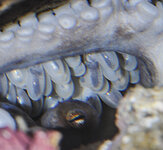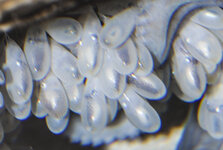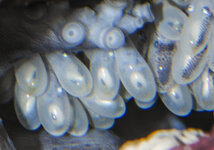SUPER photo (and nice crop pay off for taking a high resolution image)!!!! The chromatophores are really showing as well as the arms and eyes (edit: I guess you mentioned that in the post  , can you tell I am excited?). I haven't located the dark spot for the hearts yet but I don't think I saw them at all for either of my tank hatches.
, can you tell I am excited?). I haven't located the dark spot for the hearts yet but I don't think I saw them at all for either of my tank hatches.
Last edited:




